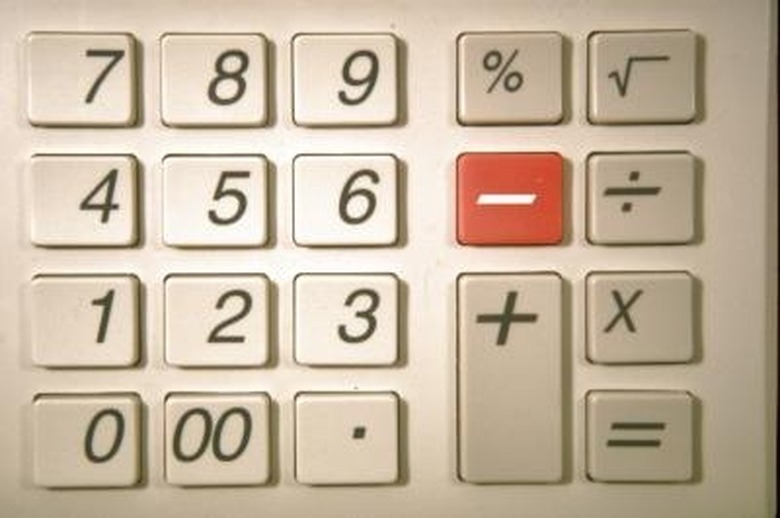How To Calculate The Square Foot Of An Irregular Polygon
Regular polygons are shapes made of straight lines with certain relationships among their lengths. For instance, a square has 4 sides, all the same length. A regular pentagon has 5 sides, all the same length. For these shapes, there are formulas for finding the area. But for irregular polygons, which are made of straight lines of any length, there are no formulas, and you need to be a little creative to find the area. Fortunately, any polygon may be divided into triangles, and there is a simple formula for the area of triangles.
Step 1
Label the vertices (points) of the polygon starting with 1 at an arbitrary vertex and continuing clockwise around the polygon. There should be as many vertices as there are sides. E.g. for a pentagon (five sides) there will be five vertices.
Step 2
Draw a line from vertex 1 to vertex 3. This will make one triangle, with vertices 1, 2, and 3. If there are only 4 sides, it will also make a triangle with vertices 1, 3 and 4.
Step 3
If the polygon has more than 4 sides, draw a line from vertex 3 to vertex 5. Continue in this way until you run out of vertices.
Step 4
Compute the area of each triangle. The formula for the area of a triangle is 1/2 * b * h, where b is the base and h is the height.
Step 5
Add up the areas, and this is the area of the polygon.
References
Cite This Article
MLA
Flom, Peter. "How To Calculate The Square Foot Of An Irregular Polygon" sciencing.com, https://www.sciencing.com/calculate-square-foot-irregular-polygon-7379996/. 24 April 2017.
APA
Flom, Peter. (2017, April 24). How To Calculate The Square Foot Of An Irregular Polygon. sciencing.com. Retrieved from https://www.sciencing.com/calculate-square-foot-irregular-polygon-7379996/
Chicago
Flom, Peter. How To Calculate The Square Foot Of An Irregular Polygon last modified March 24, 2022. https://www.sciencing.com/calculate-square-foot-irregular-polygon-7379996/
